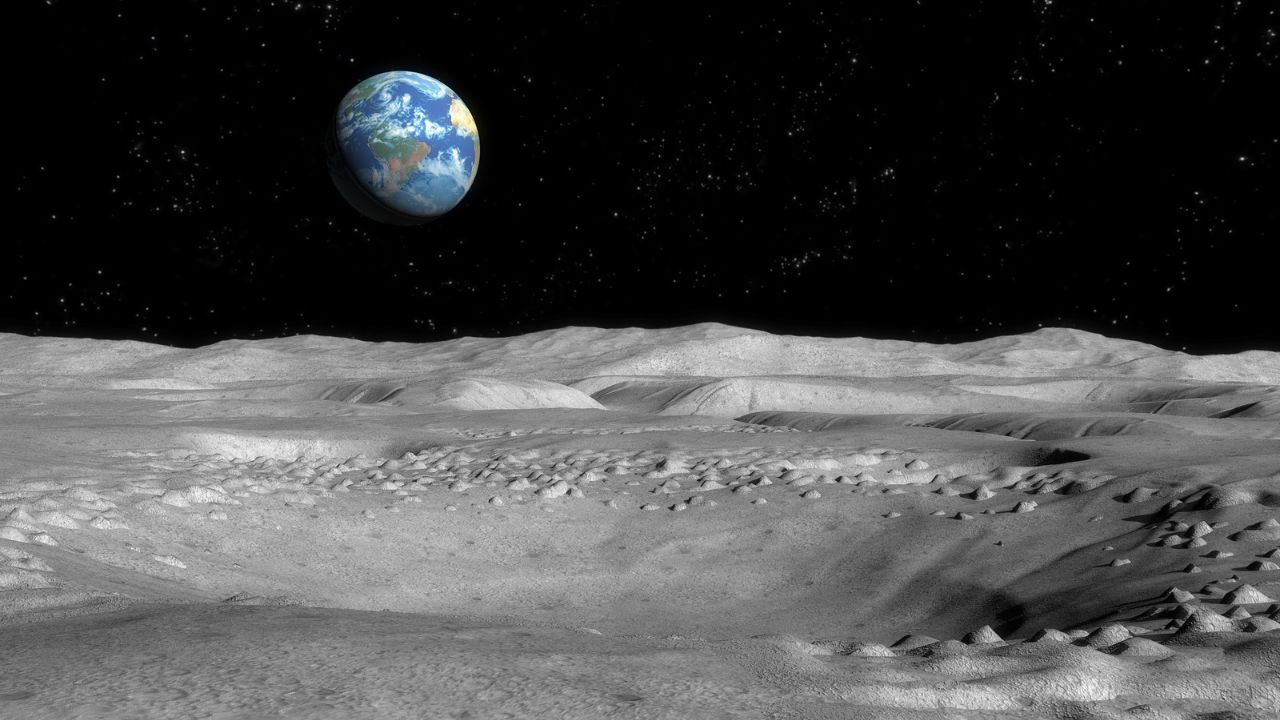The Japanese Space Society Ispace he had a dream: to bring his own lander Hakuto R M1 to the Moon and become the first private company to do so. But the dream was shattered just meters from the lunar surface when the spacecraft lost contact with Earth and presumably crashed.
The mission, which started last December, had been studied in detail and had followed a very long trajectory to optimize fuel consumption. But this may also have been his Achilles heel: according to a preliminary estimate of the data, the level of remaining propellant was too low to ensure a safe landing.
Ispace: Hakuto crashes a few meters from the lunar surface
The Hakuto R M1 lander (where “M1” stands for “Mission 1”) had nonetheless achieved an important milestone: in February it had flown nearly 1.38 million kilometers from Earth, the greatest distance ever achieved by a private and commercial spacecraft. The lander was carrying a payload of about 11 kg, consisting of a rover from the United Arab Emirates, a robot from JAXA and some experiments from other private companies. The mission was to last 10 days and was intended to demonstrate the technological capabilities of Ispace.
Despite the failure of Mission 1, Ispace said it was satisfied with the successes achieved by the mission up to the moment of landing and thanked its partners and supporters. The CEO Takeshi Hakamada he said: “We are very proud that we have achieved many things during this Mission 1. We will continue to not give up on our lunar research.”
Ispace now plans to launch another lunar lander with Mission 2 (M2) in 2024. Mission 3, which will use a larger spacecraft, is currently in the early stages of development and is scheduled for launch in 2025. M3 it will attempt to land on the hidden side of the Moon, the one dear to Pink Floyd, carrying with it two small communication satellites to allow contact between the lander and the Earth.















Leave a Reply
View Comments